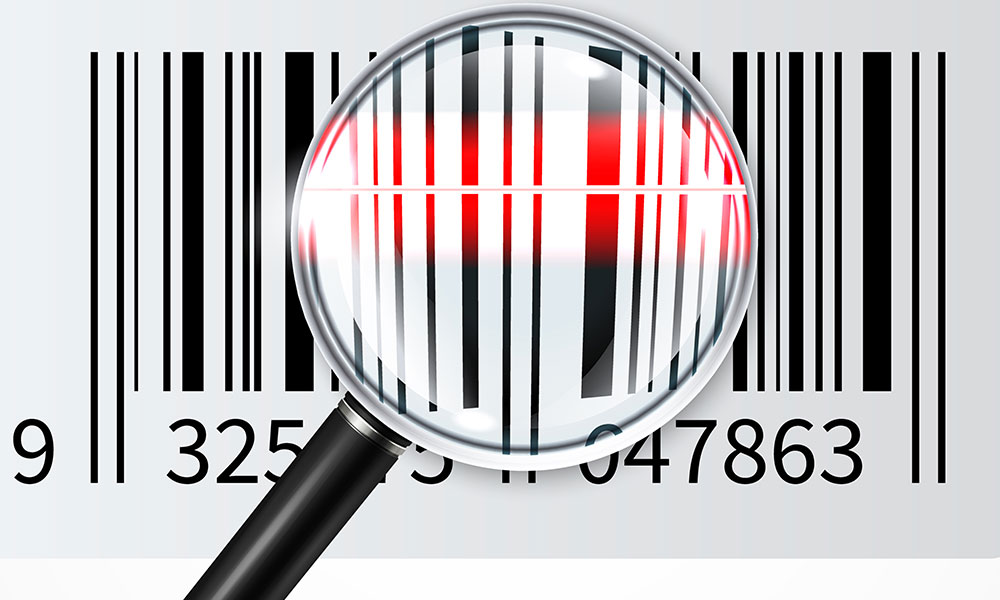
Things To Consider When Choosing A Barcode Label
Barcodes can be used in several ways, all of which can save a business time and money. When it comes to implementing a barcoding system, little thought is given to how those barcodes will be printed and displayed. However, one aspect of barcoding that is often overlooked is the use of barcode labels. The right type of barcode is important and the success or failure of the business depends on this decision. If the labels do not perform their function properly, the entire system may be compromised.
There are some issues to consider before deciding on barcode labels. Want to know what they are or what factors can help you choose the best barcode label? This post goes on this topic.
6 Important Factors To Consider When Choosing The Best Barcode Label
There are several factors to consider when choosing the right barcode label for your product. Temperature, chemical exposure, environment, surface type, and longevity are all important factors. Knowing each category well will help you avoid the pitfalls of choosing the wrong label.
1. Surface:
One of the most important factors to consider when choosing a barcode label. Barcode-labeled adhesives are affected by the type of surface, such as smooth or curved. Paper, plastic, and even metal all have different adhesion properties.
2. Size:
The size of your label is the most important factor to consider, but the size is also important if you want to maximize your savings. Most products have small labels, but they should not be too small as they are difficult to scan. The size of the barcode label varies by product or business, but it is important to define the ideal label size.
3. High Temperature:
When choosing a label for a product, consider the application as well as the service temperature. The application temperature is just the temperature at which the product is labeled, while the service temperature is the temperature range at which your label is exposed in real-time. Standard labels are effective when the service temperature is -65 ° F to 200 ° F and the application temperature is at least 25 ° F. If your labeling exceeds this limit, you may need to use a special adhesive.
4. Abrasion Resistance:
Does your product or application need to withstand harsh conditions such as exposure to other chemicals, exposure to different surfaces, or rubbing? All of these harsh conditions harm the readability of the label over time. As a result, some bar media can be used or coated to protect printed barcode labels from harmful lamps, abrasives, and chemicals. If the barcode label requires scratch or rubbing resistance, you can use a ribbon with a high resin content, which provides a high resistance level.
5. Adhesive:
This is another important factor to consider when choosing a barcode label for your product. Some barcodes are temporary and some are permanent. If labels are only used for a short time, never use permanent adhesives.
6. Label Durability:
If you want to read your label for a long time, it is more likely to be exposed to scratches, moisture, and chemicals. Labels with a short lifespan do not require a high level of resistance and durability. In such cases, a direct thermal paper label will suffice.
Barcodes offer numerous benefits in the areas of time tracking, product sales, and asset tracking. Although it may seem easy to label your product with barcode labels, implementation is much harder than most people realize. Before making a decision, it is important to consider all of these factors. Do you want to advertise your business using a proper barcode labeling system? If so, consult a reputable barcode label manufacturer, such as Sun Data Processing Pvt. Ltd. The company makes various barcode labels at competitive prices that will meet your needs.
The obvious question is, why Sun Data Processing when there are so many other options? The ultimate reason why Sun Data Processing is the lot of options available at an unbelievable price! When looking for technical support and services, a company should look for dependable and service-oriented providers. Sun Data Processing is committed to assisting and guiding businesses of all sizes.
